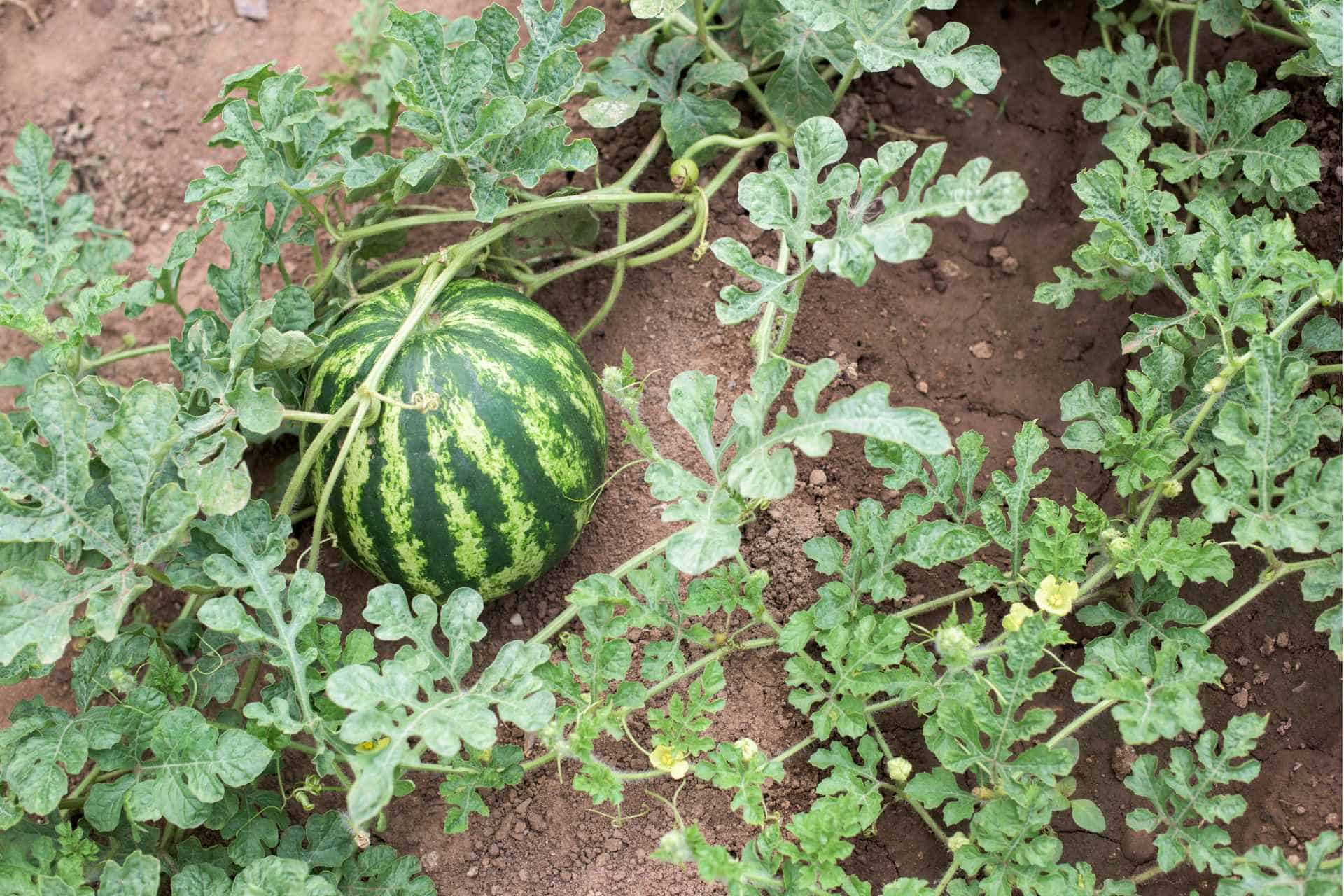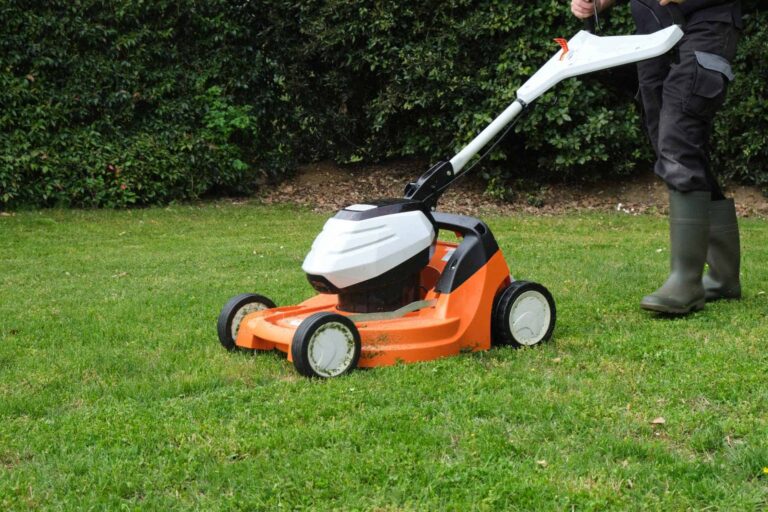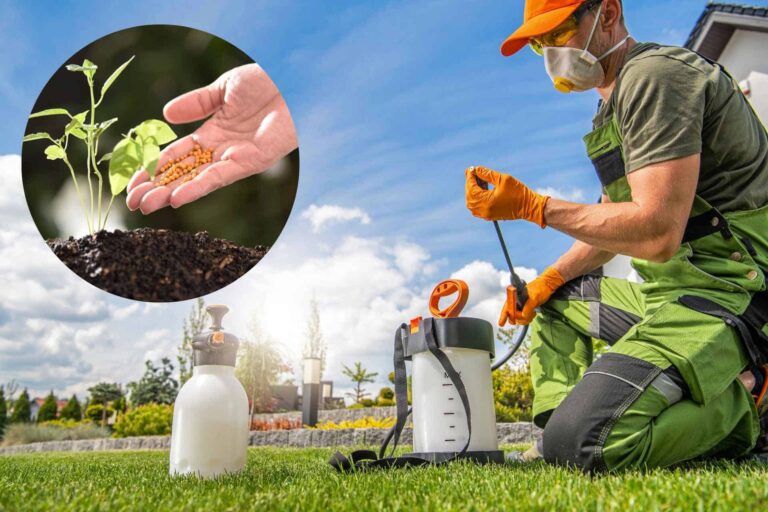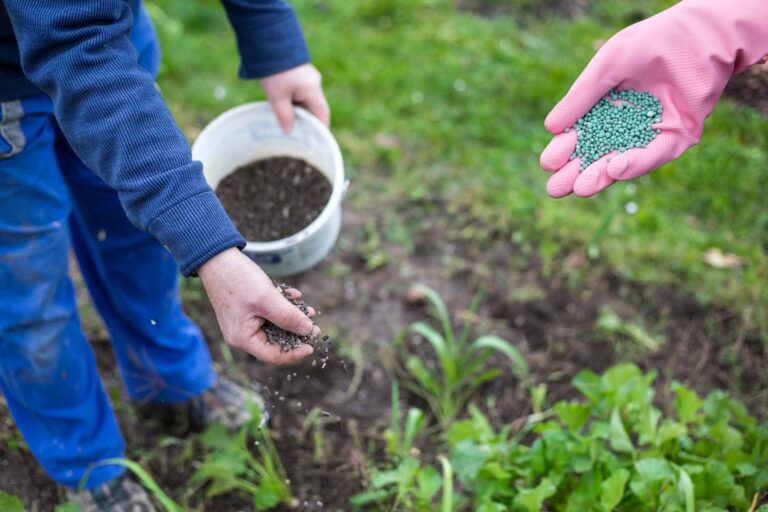Garden Wonders: How to Grow Watermelon in a Small Space for Beginners
Have you ever wondered how to grow watermelon in a small space? As an exciting endeavor that’s both rewarding and sustainable, growing your own fruits is a practice that has gained popularity in recent years. Among the various fruits you can grow, watermelons stand out due to their distinctive taste, nutritional benefits, and the sheer joy of harvesting a large, juicy fruit from your own garden. Even if you’re constrained by limited space, don’t worry! This guide will outline practical methods and tips for growing watermelons in small spaces, allowing you to relish the taste of home-grown, fresh watermelons right from your backyard, patio, or even balcony.
Essential Factors for Growing Watermelons in Small Spaces
When it comes to growing watermelons in limited spaces, there are a few key factors that should be taken into consideration. These include choosing the right variety of watermelon, following proper planting techniques, managing common pests and diseases, and harvesting and storing your fruits.
Choosing the Right Variety of Watermelon
As with any plant, selecting the right variety of watermelon is a crucial step in growing healthy and fruitful plants. When choosing a variety for small-space gardening, opt for smaller-sized melons like “Sugar Baby” or “Golden Midget”, which are known to thrive in confined areas.
Planting Techniques
Watermelons require plenty of sunlight, warm temperatures, and well-drained soil to grow successfully. When planting in a small space, opt for container gardening or raised beds to ensure proper drainage and maximize sun exposure. Plant your watermelon seeds about 1 inch deep, with 2-3 seeds per pot or square foot.
Managing Pests and Diseases
Like any plant, watermelons are susceptible to pests and diseases such as aphids, cucumber beetles, and powdery mildew. To protect your plants, consider using natural pest control methods such as companion planting with marigolds or using neem oil spray. Also, be sure to keep a close eye on your plants for any signs of infestation or disease.
Harvesting and Storing Your Fruits
Once your watermelons are ripe, it’s important to harvest them promptly to prevent overripening or damage. To determine if a watermelon is ripe, look for a yellow spot on the bottom where it rested on the ground and listen for a hollow sound when you tap on it. After harvesting, store your watermelons in a cool, dry place to prolong their shelf life.
Choosing the Right Variety of Watermelon
When it comes to choosing a watermelon variety, it’s important to consider not only the space you have available for gardening but also your personal preferences. While smaller varieties like “Sugar Baby” and “Golden Midget” are great for small-space gardening, other options such as “Crimson Sweet” or “Black Diamond” may be more appealing to those who prefer larger fruits. It’s also important to consider factors such as taste, texture, and seedless options when choosing the right watermelon variety for you.
How to Grow Watermelon in a Small Space for Beginners – Step-by-Step Guide
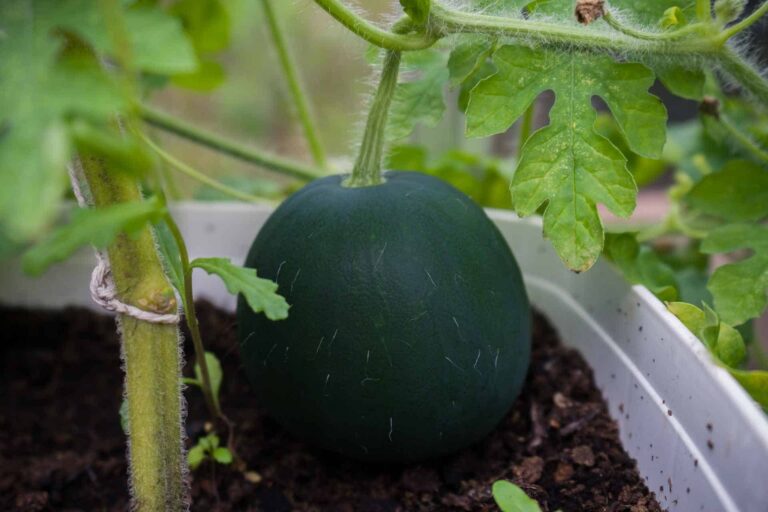
Now that you have a basic understanding of how to grow watermelon, let’s dive into a step-by-step guide for beginners on how to successfully grow your own delicious fruits in a small space.
Choosing the Right Location
The first step in successfully growing watermelons in a small space is choosing the right location. Watermelons require plenty of sunlight, so select a location that gets at least 6 to 8 hours of direct sunlight each day. The soil should be well-draining to prevent waterlogging and root diseases. If your garden space doesn’t meet these criteria, consider using containers or raised beds which allow you to control the soil and water conditions more effectively. Remember, watermelons are vine plants and they need room to spread, so plan for horizontal or vertical space accordingly.
Preparing Your Soil
Before planting, it’s important to prepare your soil by tilling the ground and adding compost or aged manure. This will provide essential nutrients for your watermelon plants to grow and thrive. Watermelons prefer slightly acidic soil with a pH range of 6.0-6.8, so be sure to test your soil and adjust accordingly.
Plant your seeds
Once you have chosen a suitable location and prepared your soil, it’s time to plant your watermelon seeds. For small spaces, dwarf or bush varieties are the best options as they require less space but still produce sweet and juicy fruit. You can also train vine varieties to grow vertically on trellises or fences to save space. Planting in well-spaced rows is also important to ensure adequate air circulation and prevent diseases. Sow seeds about 1 inch deep and keep them well-watered. Watermelons need consistently moist soil, but be careful not to overwater as this can lead to root rot.
Providing Support
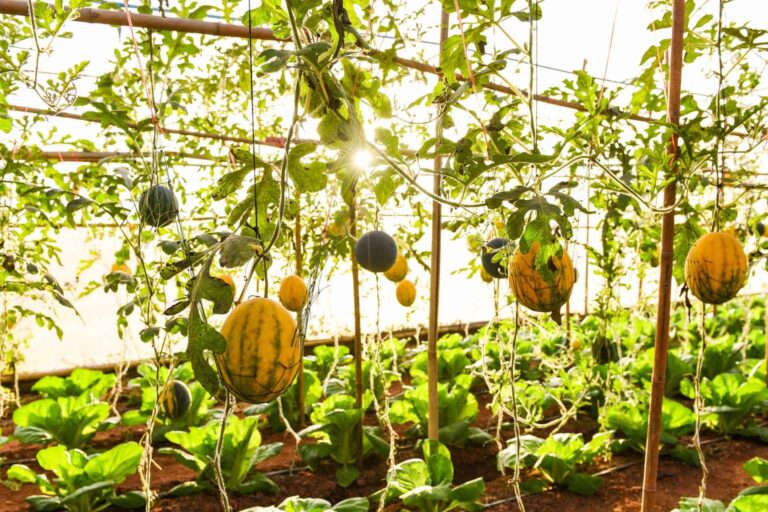
As watermelons grow larger, they can become heavy and may need support to prevent the fruit from breaking off of the vine. Use pantyhose or a cloth sling to support individual fruits as they mature. You can also use trellises or wire cages for vine varieties to keep them off the ground and provide additional support.
Water Regularly
Water is essential for the growth and development of watermelon plants. As mentioned before, these plants need consistently moist soil to thrive. Inconsistent watering can lead to issues like blossom end rot or splitting fruit. The best way to ensure your plants receive enough water is by installing a drip irrigation system that delivers a steady supply directly to the roots. If you don’t have access to a drip system, make sure to water deeply and slowly at the base of the plant. Watering in the morning is ideal as it allows the leaves to dry off during the day, reducing the risk of fungal diseases.
Fertilize Regularly
As heavy feeders, watermelon plants require regular fertilization to support their vigorous growth and fruit production. Start by amending the soil with organic matter, such as compost or aged manure, before planting. This provides a slow-release source of nutrients throughout the growing season. Once your watermelons start to grow and produce fruits, begin applying a balanced fertilizer every two to three weeks. Look for a fertilizer with equal amounts of nitrogen, phosphorus, and potassium (N-P-K) or a slightly higher ratio of potassium. Nitrogen promotes leaf growth, while phosphorus supports root development and fruit production. Potassium helps the plant take up water and produce sweeter fruits. Always follow the instructions on the fertilizer package and apply it according to the recommended rates. Applying too much fertilizer can burn the plant’s roots and lead to poor fruit quality.
Control Weeds

Watermelons, like most plants, thrive in weed-free environments. Weeds compete with watermelon plants for valuable nutrients and water, which can hinder their growth and productivity. To control weeds effectively, regularly hoe or cultivate the soil between the rows of vines to disrupt weed growth. Applying a layer of mulch around the base of each plant also helps to suppress weeds and conserve moisture. It’s essential to stay on top of weed control throughout the growing season to prevent larger weeds from taking over and causing damage to your watermelon plants.
Monitor for pests and diseases
Watermelon plants are susceptible to a variety of pests and diseases. Some common pests include aphids, cucumber beetles, and squash bugs. These pests can damage leaves, stems, and fruits, ultimately reducing the overall health and yield of your plants. Regularly inspecting your plants is essential for early detection and control of these pesky insects. You can also use insecticidal soap or neem oil to control these pests. However, be sure to follow the instructions on the label and avoid applying during times when pollinators are active.
In addition to pests, watermelon plants can also be affected by various diseases such as powdery mildew, wilt diseases, and anthracnose. Keeping your plants healthy through proper watering, fertilizing, and weed control can help prevent diseases from taking hold. If you do notice signs of disease on your plants, it’s important to act quickly and appropriately. This may include removing affected plants, practicing crop rotation, or using fungicides as a last resort.
Harvest at the right time

Harvesting at the right time is crucial for producing sweet and juicy watermelons. The best way to determine if a watermelon is ripe is by looking at the tendril closest to the fruit’s stem. If it’s dry and brown, then your watermelon is likely ready to be harvested. You can also tap on the melon and listen for a hollow sound, or check the underside for a yellowish spot. Avoid harvesting too early as this can result in a less sweet and flavorful fruit.
Proper storage
After harvesting your watermelons, it’s important to store them correctly to maintain their quality and freshness. Watermelons can be stored at room temperature for up to a week, but if you want them to last longer, store them in the refrigerator for up to two weeks. Be sure to wash and dry the watermelon before storing it, and keep it away from other fruits as they can produce ethylene gas which can cause premature ripening.
Enjoy your harvest
Now that you’ve successfully grown and harvested your watermelons, it’s time to enjoy the fruits of your labor! There are countless ways to enjoy watermelons, from simple slices on a hot summer day to incorporating them into recipes for salads, smoothies, and even cocktails. Get creative and have fun experimenting with different ways to enjoy this delicious and nutritious fruit.
Conclusion
In conclusion, the rewards of growing your own watermelons are multifold. The process, while requiring patience and diligence, provides an enriching, hands-on experience that connects us with nature. The end result – a crop of juicy, sweet watermelons – is not only a testament to your gardening skills but also a source of healthy, refreshing fruit that can be enjoyed in a myriad of ways. Moreover, the satisfaction and sense of accomplishment that comes from nurturing a seed into a mature fruit-bearing plant is simply unparalleled. It’s an exercise in patience, care, and ultimately, the joy of reaping what you sow.
While watermelons have been our focus, the world of small-space gardening is vast and full of delightful possibilities. Whether you have a tiny balcony, a modest backyard, or even just a sunny windowsill, you have the potential to grow a wide variety of plants. Herbs, tomatoes, peppers, and even root vegetables can thrive in containers, making them perfect candidates for your compact garden. Don’t let limited space discourage you from exploring this fulfilling hobby more. Each plant offers its own unique rewards and challenges, and regardless of the size of your space, the satisfaction of harvesting your own home-grown produce remains immense. So go ahead, roll up your sleeves, and let your gardening adventure continue!

